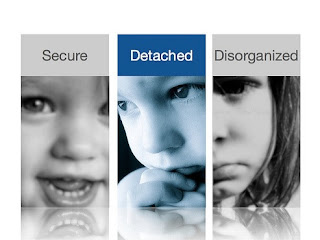Preventing Reactive Attachment Disorder (RAD)

While it's not known if reactive attachment disorder can be prevented with certainty, there may be ways to reduce the risk of its development: Be actively engaged with babies and kids in your care by playing with them, talking to them, making eye contact or smiling at them, for example. Don't miss opportunities to provide warm, nurturing interaction with your baby or youngster, such as during feeding, bathing or diapering. If you lack experience or skill with babies or kids, take classes or volunteer with kids so that you can learn how to interact in a nurturing manner. If your baby or youngster has a background that includes orphanages or foster care, educate yourself about attachment and develop specific skills to help your youngster bond. If you're an adult with attachment problems, it's not too late to get professional help. Getting help may prevent you from having attachment problems with your kids, who otherwise may also be at risk. Learn to interpret...

